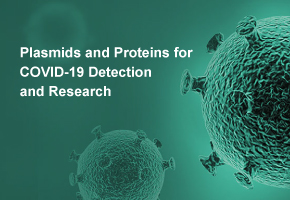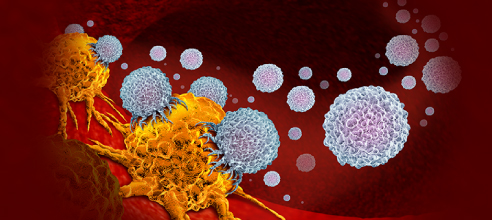The Role of Image-Guided Navigation in Pulmonology
When my aunt went through a similar scare, the doctors used navigation tools to pinpoint where they needed to biopsy. From what they explained, it’s basically like having a GPS for the lungs. Without it, they said they’d have to rely on more traditional bronchoscopy methods, which aren’t always precise. She recovered quickly, and the results were accurate, which gave our family some peace of mind. If you want a bit more reading, check out Human Growth Hormone for sale Veranmedical — it breaks down how these systems help doctors reduce uncertainty and improve targeting in tricky cases.
About Us · User Accounts and Benefits · Privacy Policy · Management Center · FAQs
© 2025 MolecularCloud




I haven’t experienced it personally, but a close family friend went through something similar, and the use of navigation tools made a huge difference in both accuracy and peace of mind. It’s amazing how far technology has come—almost like going from guessing directions to using GPS. After long days at the hospital, I’d unwind with a few rounds of [url=https://sprunki-retake.lol]Sprunki Retake[/url] , that fun rhythm game—it was a great way to de-stress.
I haven’t experienced it personally, but a close family friend went through something similar, and the use of navigation tools made a huge difference in both accuracy and peace of mind. It’s amazing how far technology has come—almost like going from guessing directions to using GPS. After long days at the hospital, I’d unwind with a few rounds of Sprunki Retake , that fun rhythm game—it was a great way to de-stress.
I was actually at the hospital last month for an unrelated issue, and it struck me how much medical technology has advanced in just a few years. The monitors, the digital charts, even how the staff could pull up 3D imaging right there in the exam room — it’s like something out of a sci-fi movie. It makes me think about how different the patient experience must feel now compared to even a decade ago.
Has anyone here had experience with image-guided navigation in pulmonology? My dad had a small nodule found on a scan last year, and it was nerve-wracking because the doctors couldn’t decide right away if they should biopsy it. I’ve read that some newer tech helps doctors get to hard-to-reach spots in the lungs without guessing so much. Just wondering if anyone knows how reliable it is or if it’s more like a “nice-to-have” tool rather than something that really changes outcomes?